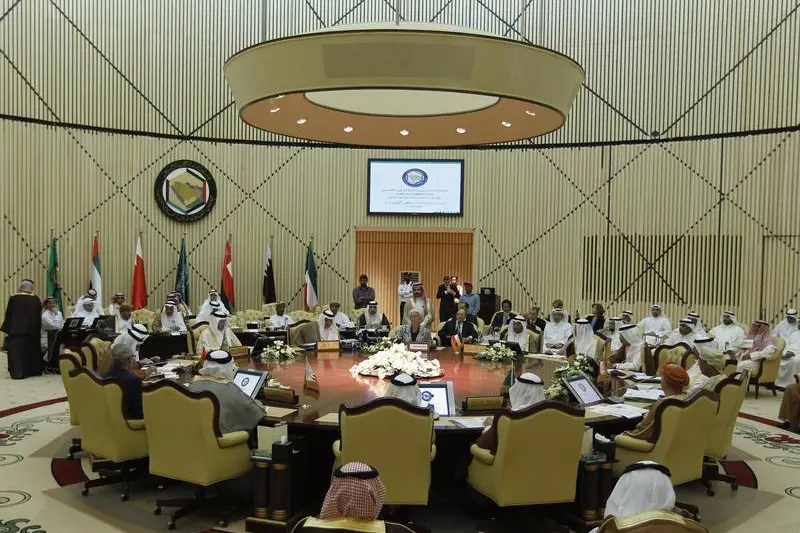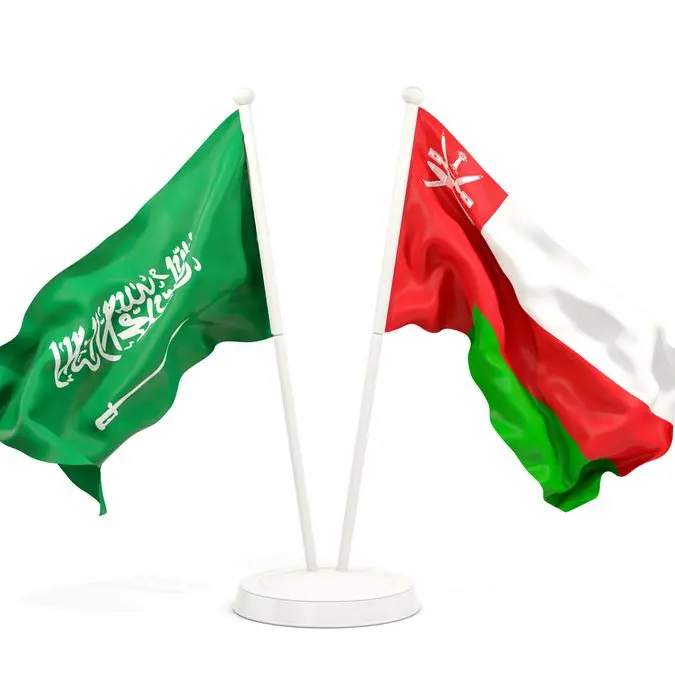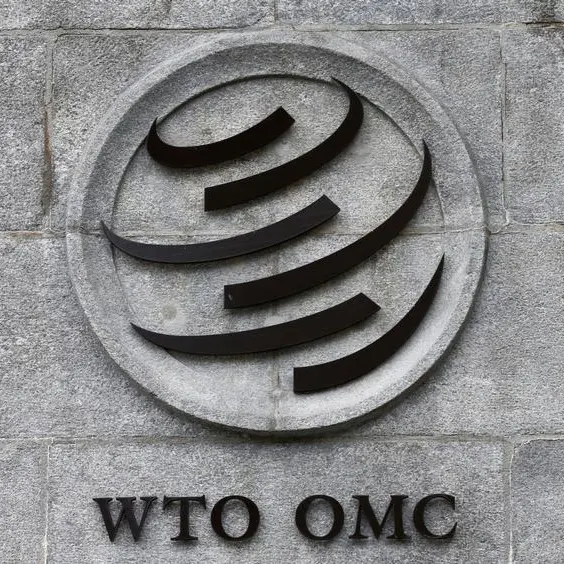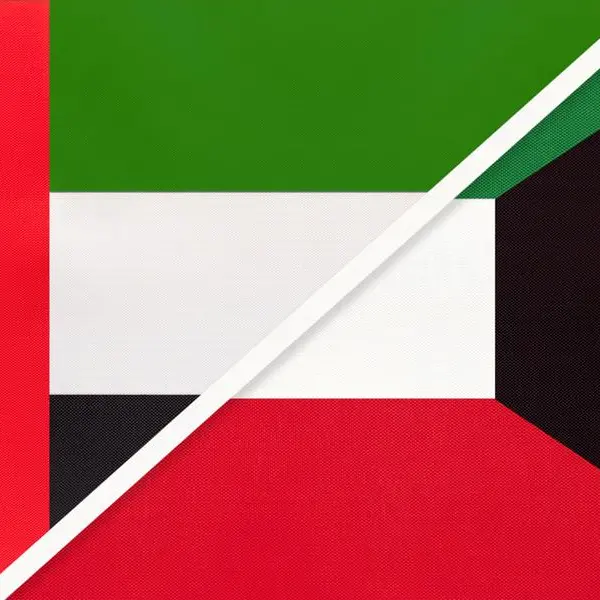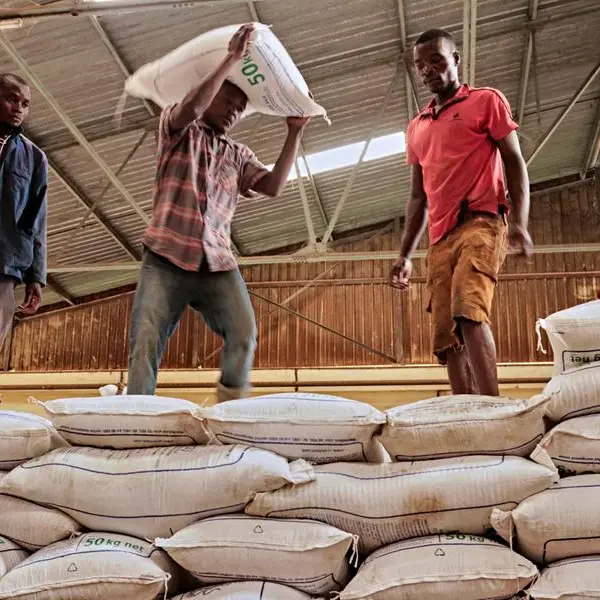PHOTO
Monday, Aug 08, 2016
Dubai: The UAE’s liquidity position along with Kuwait’s remained more comfortable than most other GCC countries.
Oman, Saudi Arabia, and Qatar continued to experience the greatest tightening pressure. Saudi Arabia and Oman’s larger fiscal deficits resulted in their governments drawing down their banking sector deposits and borrowing from domestic banks.
In Oman, government deposits contracted by -16.5 per cent year on year in May, with total deposits falling -3.4 per cent year on year. This was despite Oman issuing bonds in 2016 and both countries taking international syndicated loans.
Saudi Arabia and Kuwait are looking to issue sovereign bonds in the third quarter of 2016 to help cover their fiscal deficits. However, highlighting Saudi Arabia’s high deficit funding requirement, Sama’s net foreign assets fell by an average of -$7.8 billion per month in the first half of 2016.
“We see the tighter liquidity conditions in the other GCC countries — and their consequently higher interbank rates — as a potential risk to UAE market rates. UAE banks may need to raise their deposit rates in order to compete,” Dr Monica Malik, Chief Economist of ADCB
Saudi Arabia’s government deposits in the banking sector were down 13.6 per cent year on year in June, despite having risen $6.7 billion (Dh24.6 billion) in May after the government issued a $10 billion syndicated loan at the end of April. Moreover, total banking sector deposits contracted y-o-y each month since February. Meanwhile, credit growth expanded by 15.3 per cent year on year in June, with all sectors seeing solid loan growth. Private sector credit growth at 8.1 in June was supported partly by the need for short to medium term working capital.
It is widely anticipated Saudi Arabia Monetary Agency (Sama) will increase its regulatory loan to deposit ceiling (currently 90 per cent), which banks are close to reaching. Without an increase, banks’ ability to lend will be curtailed. “We also see the potential for other regulatory reforms in order to support liquidity, such as reducing the reserve requirement ratio, as tighter conditions are likely to persist in the medium term,” said Malik.
By Babu Das Augustine Banking Editor
Gulf News 2016. All rights reserved.
